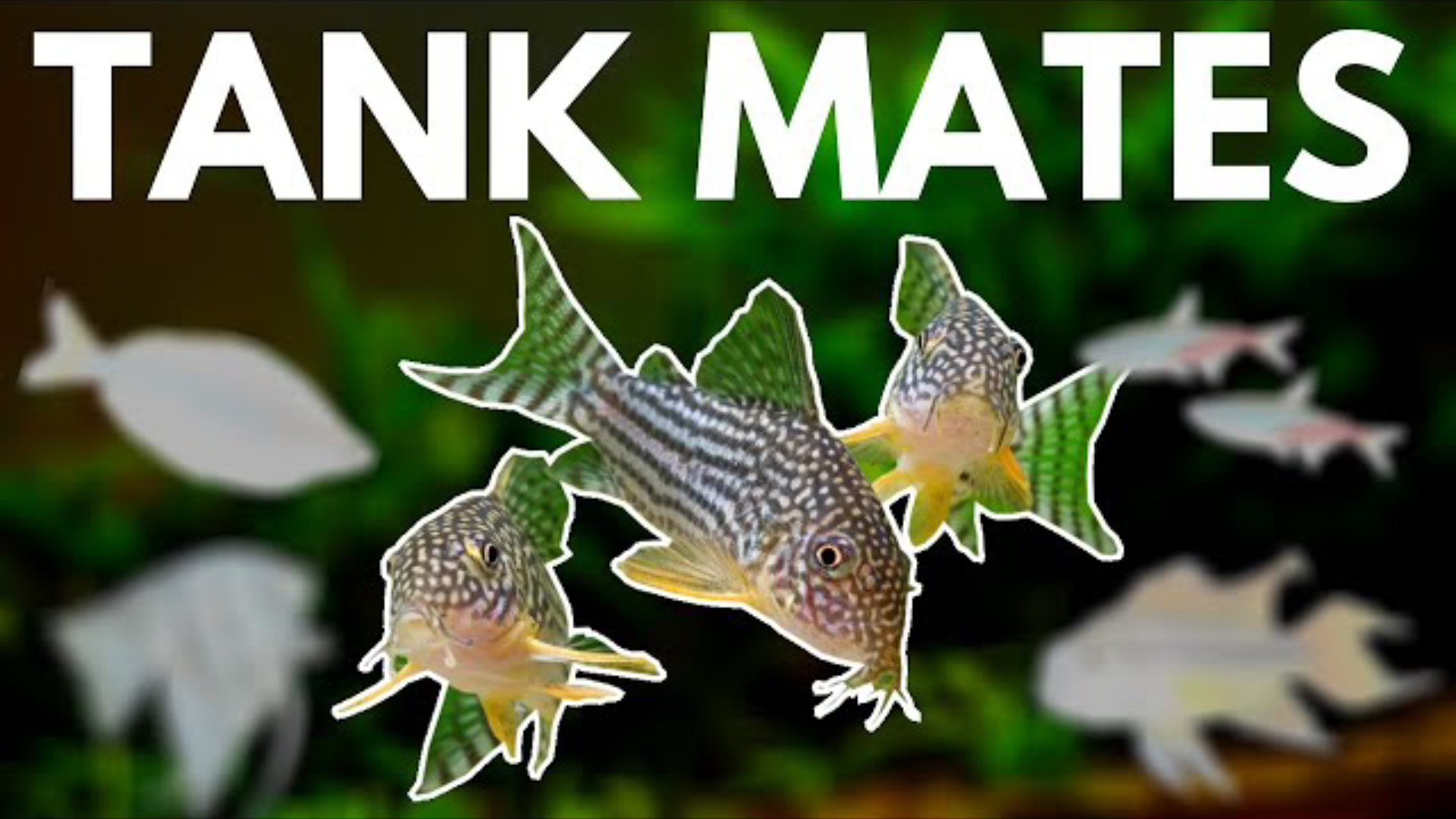- Name:
Port Acara
(View AKA's) - Family: Cichlidae
- Species: New World Cichlids
- Scientific Name: Cichlasoma portalegrense

General info about Port Acara
These fish have bright blue-green scales edged in black, they have a horizontal dark band that goes from the eye to the caudal fin, a bright yellow pectoral fin and three black spots, one under the eye, another in the middle of the body and the other one is near the tail fin. They can reach up to 10 inches. Port Acaras are one of the earliest cichlid species to be kept in the hobby and was one of the most popular species before the WW2, after the war, its popularity went down and imports ceased over the following decades. To keep these fish in captivity, water pH should be between 6.0 and 7.0 and water temperature should range from 66°F to 73°F. The tank should have a sandy substrate, floating vegetation, rocks and open areas for swimming. They are peaceful and can be put in community aquariums, also, they can be kept singly or in pairs. A 30 gallon tank is the minimum recommended for a single fish while a 75 gallon tank is the minimum recommended for a pair.
Port Acara Diet & Nutrition
This species is carnivorous. It can be fed with dried foods or live foods like insects, worms and crustaceans.
Determining Sex of Port Acara
Males are more colorful and larger than females.
Breeding & Spawning Port Acara
To breed this species in captivity, the breeding tank should have water temperature ranging from 73°F to 77°F and water temperature around 7.0. When spawning these fish darken. Both males and females will clean the spawning site on the substrate and then lay and fertilize the eggs.
Port Acara Origin
This species can be found in South America, more specifically, they can be found in Brazil, Paraguay and Bolivia.
Acclimating Port Acara
The water in which these fish are packaged is different from the water in the tank, since these fish are extremely sensitive to water conditions the acclimation process is very important. This process should never be rushed. Aquarium lights should be off for at least the first 4 hours of the fish in the new tank and it should not be fed in the first 24h. There are two acclimation methods: Floating Method and the Drip Method.
Floating method - the aquarium lights should be off and lights in the room should be dim, the bag in which the fish is should be placed in the surface of the water to float for about 15 minutes, this allows the water in the bag to adjust to the water in the tank. The bag should then be cut under the knot and the top edge of the bag should be rolled down one inch, then ¼ cup of the aquarium water should be added to the bag, this step should be repeated every 4 minutes until the bag is full, then half the water of the bag should be discarded and the bag should be put to float again and ¼ cup of the aquarium water should be added to the bag every 4 minutes until the bag is full. Afterwards, the Discus can be moved into the aquarium.
Drip method – the aquarium lights should be off and lights in the room should be dim, the bag in which the fish is should be placed in the surface of the water to float for about 15 minutes, this allows the water in the bag to adjust to the water in the tank. The bag contents should be poured into a 1 gallon bucket that has never been cleaned with any chemicals, the fish should be enterally submerged. A siphon, using airline tubing, should be set up and a drip line should run from the main aquarium to the bucket. Several loose knots should be tied in the airline tubing to regulate flow. Sucking the end of the airline tube that goes to the bucket will begin a siphon, the flow should be regulated to 2 to 4 drips per second. Once the water in the buckets doubles, half should be discarded and the process should be repeated until it doubles again. Afterwards, the fish can be moved to the aquarium.
Original Detail
| Name | Species | Family | Scientific Name | More Detail | Added by |
|---|---|---|---|---|---|
| Port Acara | New World Cichlids | Cichlidae | Cichlasoma portalegrense | These fish have bright blue-green scales edged in black, they have a horizontal dark band that goes from the eye to the caudal fin, a bright yellow pectoral fin and three black spots, one under the eye, another in the middle of the body and the other one is near the tail fin. They can reach up to 10 inches. Port Acaras are one of the earliest cichlid species to be kept in the hobby and was one of the most popular species before the WW2, after the war, its popularity went down and imports ceased over the following decades. To keep these fish in captivity, water pH should be between 6.0 and 7.0 and water temperature should range from 66°F to 73°F. The tank should have a sandy substrate, floating vegetation, rocks and open areas for swimming. They are peaceful and can be put in community aquariums, also, they can be kept singly or in pairs. A 30 gallon tank is the minimum recommended for a single fish while a 75 gallon tank is the minimum recommended for a pair. |
PalaciosAn |
Changed by users
| Submitted Date | Submitted By | Status | Action |
|---|





